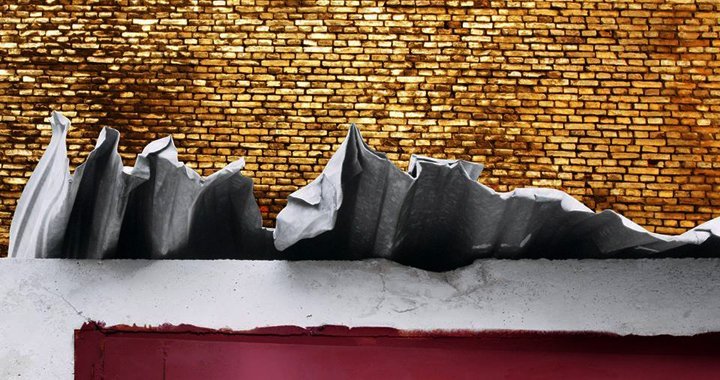
Finding art everywhere
A Facebook group called Found Art
Andrei Levkin
04/04/2016
There is a Facebook group called Found Art. The group follows a strict programme formulated by its founder Vivian Del Rio in the following way: ‘This group is dedicated to photographs of found objects that are not works of art but seem like ones. Objects must have been made intentionally for purposes unrelated to art, found by members of the community and photographed without interfering. […] This is not a photography community. The quality of the photos or the equipment that was used are not the top priority. What matters is the OBJECT. OBJECT is the keyword here. (An installation produced not for the sake of art but for other purposes.) Not a natural cataclysm, not an accidental concurrence of circumstances, not funny lighting, not a weird shadow, not a reflection in a puddle, not circles in the water, not autumn leaves or melting snow, not a rainbow or all sorts of clouds, not a product of your imagination but a man-made OBJECT, photographed intentionally – not accidentally included in the frame! Photographs that do not meet the rules will be deleted without warning. Repeated offenders may be banned from the group. Graffiti, stickers and other works by street artists are not considered objects of this community.’
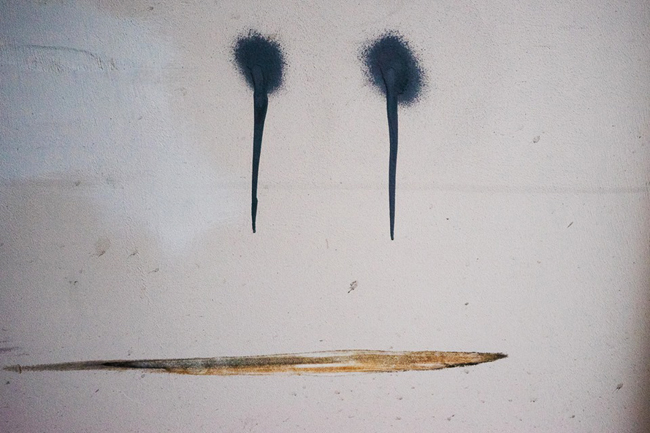
Needless to say, not every work will meet these requirements, but on the whole the line seems quite clearly drawn. We could, of course, get really nit-picky: what do they mean by ‘seem like ones’? If it seems like art, it is art. Actually, that’s what this blog is about.
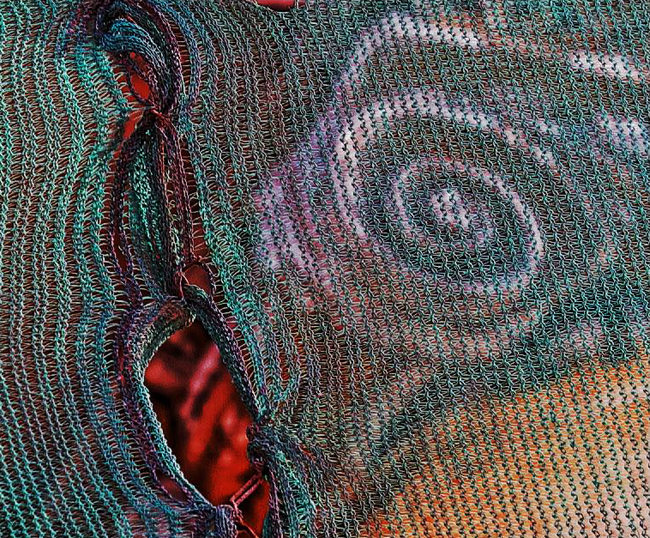
I do not give the authors’ names here. Firstly, that would mean spotlighting the work of certain authors and not mentioning others although my selection was quite random. Secondly, it is quite easy to trace the authors of works reproduced here by opening the account of the community (and there are lots of works I would also have loved to quote here but the space is limited). It’s just that I am not dealing with individual works here but with the community as a whole – meaning, the actual line they are following. Even the very fact that said line is going on uninterrupted despite being composed of countless very different original elements is remarkable: it means that the subject is real and it works.
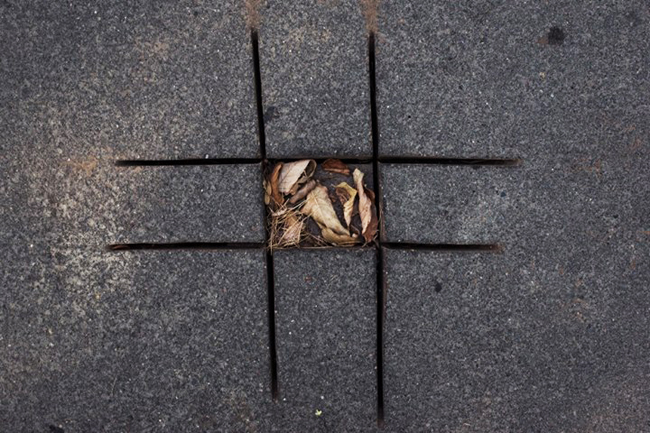
Another thing. It is a predominantly Russian segment of FB. It is generally accepted that things are not going very well for contemporary art in Russia. The public does not understand it, etc. So there are artists and there are galleries – but as for the visual stylistics of public space, it is dominated by something completely different, with a bias toward gilded frames and the inevitable figurativism inside them. Contemporary art seems to lead a separate life, divorced from the offices, streets, interiors, etc. – which is, after all, the actual source both of the livelihood of the artists and the upgrade of the public stylistics. So basically contemporary art seems a bit like art-housey festival-type cinema. And as if that weren’t enough, it is periodically subject to lambasting and aggression from the public whose taste tends to be different.
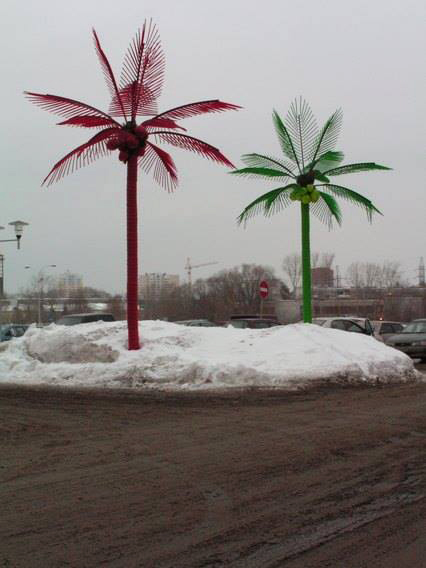
The thing is, it’s not that bad in real life – at least regarding matters of taste, as demonstrated by the Found Art community. Of course, it is by no means a bunch of random people who are the members of this community, however – there are many of them, and the selection of objects presented by them looks completely natural in their works. It does not look as if they were taking great pains to create a pre-programmed extra-specialist niche product. If they had been trying so hard, they wouldn’t even notice any of these things, whereas it seems to be happening without any visible effort, in line with their natural aesthetic taste. And the taste is reflected in the pictures. Because, strictly speaking, ‘found art’ could be taken to mean anything. Oodles of pics on the subject of ‘oh what a picture postcard thing of beauty’ – sunsets, sunrises, kittens, lovely wenches, that sort of thing. It’s not like that.
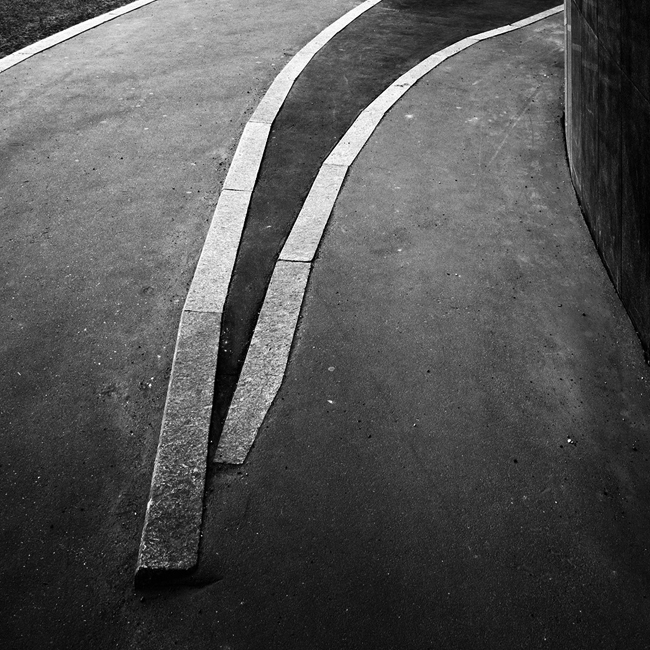
There is nothing that would look like a genre scene (also art, right?); there is a minimum of storytelling, even in the little urban sketches – which, in fact, also could be described as art. No, the whole thing is completely free of literariness (which is actually quite unusual for Russia). No-one is even trying to play that sort of game with their captions, for instance, add a comment like ‘Mumu Is Back Again’ to anything even remotely resembling the legendary dog.
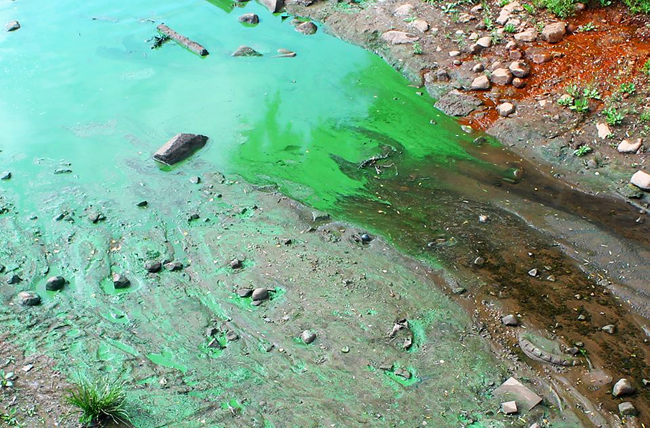
As a rule, it’s not figurativism. Or should we say – there are vague flashes of it here and there but it stops short of taking on the features of still life. It is like elements of the picture that do not foist on you a narrative of any kind.
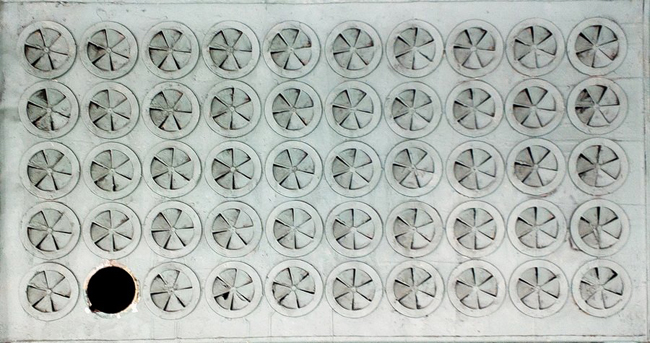
Also: it’s not like the author has been amused by some sort of stuff and then decided that the thing is so cool that it just has to be art. Okay, so there is a bit of that as well but it is a matter of assessment: these things are deleted with an explanation (‘a breach of the group’s rules’). No, what we see here is that in at least two thirds of the photos there is awareness of the principles of composition, of how the colours can work, etc. Which is, actually, exactly the thing from which art is born. We are not in the territory of pleasant and beautiful coincidences here: we have already crossed the line. It became ‘found art’ only after it was photographed – not simply placing it within the context of the community but specifically forming an artefact.
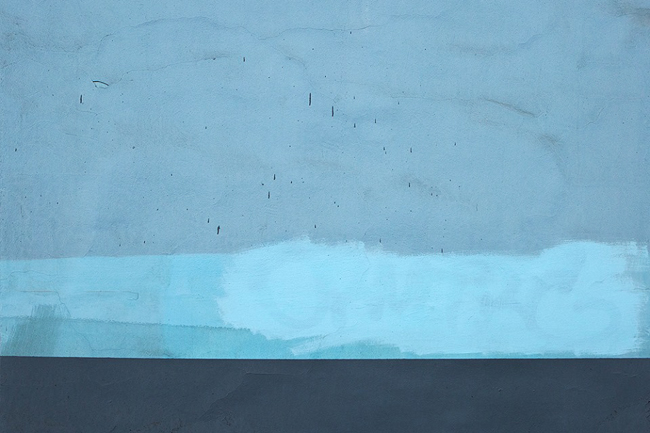
Yes, too much has been written here on the subject of the alienness of new stylistics to Russia in general. It is a well-established preconception and a not completely groundless one at that, so basically it was ripe for getting a bit revised. Anyway, a feel for new stylistics is not something exclusive to these artists and this community. Elsewhere in the social networks, it is quite common to stumble on a photograph of something horizontally-three-layered to which someone can easily add a comment along the lines of ‘exactly like Rothko’. Years ago, it would have been ‘exactly like Aivazovsky’; today, it’s Rothko. There, we’re done with the Russian peculiarities.
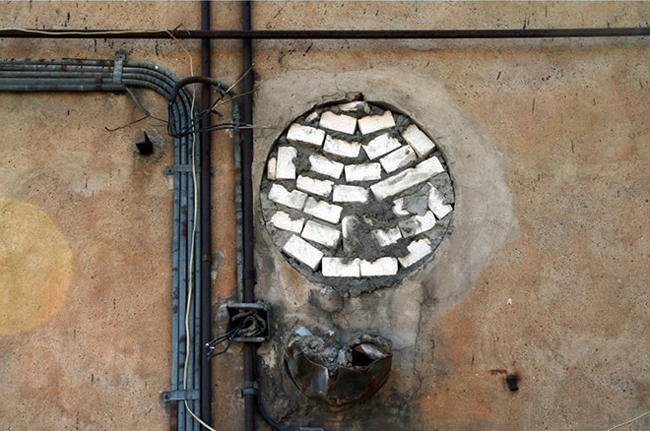
Now to the nitty-gritty. What is characteristic of the community’s works? What techniques do they use? And what exactly is it that they consider art? The pictures answer pretty much all of these questions – except for the matter of regarding these works specifically as art. And yet that’s what it is; they (the founder and her group) even mount exhibitions: for instance, there was one in Minsk very recently, on 12 March. Exhibition by whom and of what? Who is the author? Well, yes, the person who noticed; the problem is, they noticed something that had already come to exist in one way or another. And yet it is not a copy-paste realism; something has been added here. It’s not as if it were an exhibition called ‘Aren’t We Observant’; we are dealing with genuine artefacts here.
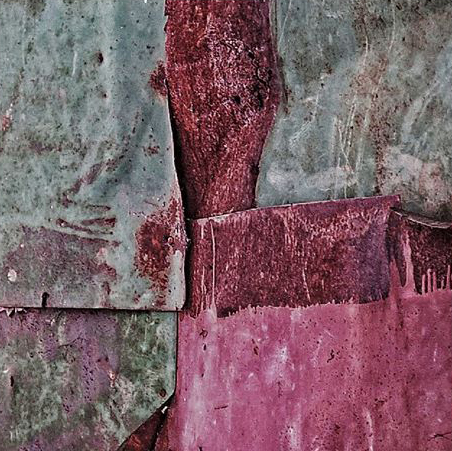
So which one is the principal question here – where did it come from or how did the whole thing come together?
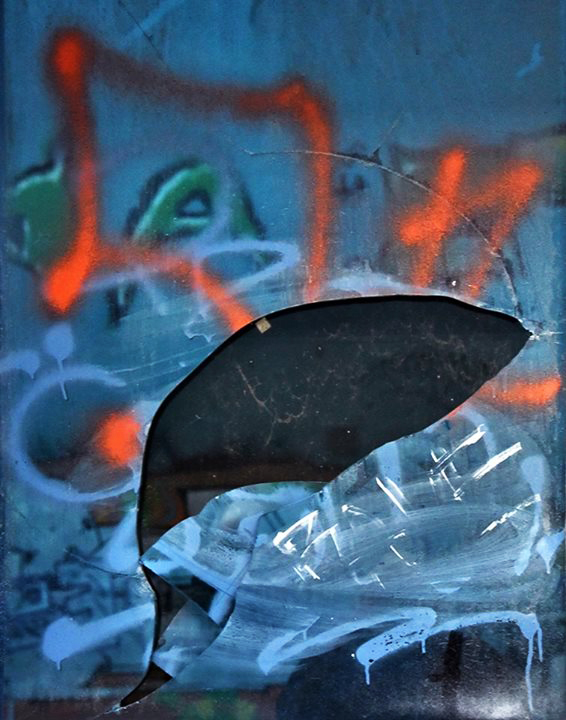
You can read anything into anything if you’re so inclined. You can view anything as a metaphor or even an allegory – not exactly rocket science; we see it happening all over the place. Except in that case, said ‘anything’ is embellished and, with the help of various add-on extras, stretched out to fit the meaning preferred by the author. Then there is another take on viewing ‘anything’, a much more rigorous one: any picture must correspond to a certain state – psychophysical, some other kind of state – of both the author and the viewer. The author has recorded his state in this picture and it will be transmitted, to an extent, to the viewer. Here, there is no room for embellishments or stretching: everything strictly corresponds to reality; and yet there is something else, something besides factual pragmatism in the works of the Found Art community. But what is this something else? No idea. Haven’t got to the bottom of this thing as yet. Perhaps someone else will find out; all you have to do is follow the link to the Facebook page of the Found Art community and check out the way things work there. For instance, you could try and define it through negation: there are works there that verge on being simply decent pics. It’s sort of okay, the photos are indeed quite good – but surely that is not enough here. Or, to be precise, it’s not about that.
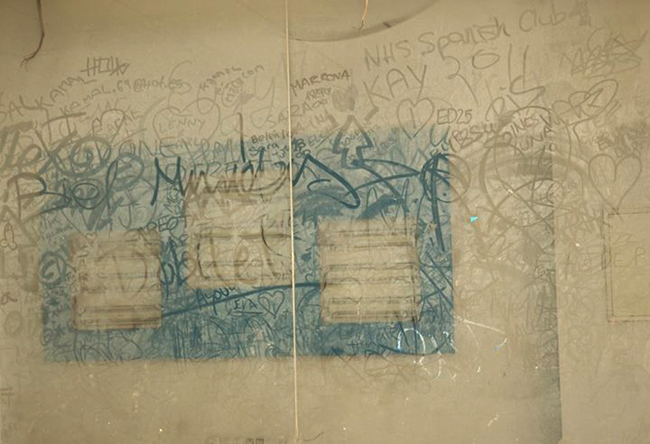
Well, of course, typologically speaking, the tricks tend to repeat themselves within the community – still, there is a presence of something other than just tricks. It’s something else – except it’s not clear what. In fact, that’s exactly what it’s all about. Also, if you happen to view a serious number of works there, you may just start wondering if there actually is anything at all in your surroundings that does not qualify as the said found art? In the pics, you see it from every angle, in every way and on every street corner. It’s almost like there’s nowhere to hide from it: we live – or so it would seem – smack bang inside this very process; there is nothing else apart from it, and everything in this world is happening only for the sake of it. That’s not half bad, of course, but still – I’m almost starting to feel like founding a Facebook group called ‘Just Walls’. Like, walls without anything at all. Or with nothing. Now, obviously, that’s how you start to feel if you have been looking at the page of the community long enough; in real life, though, it’s worth keeping your eyes peeled. And as for having exhibitions – well, that’s a positive thing.
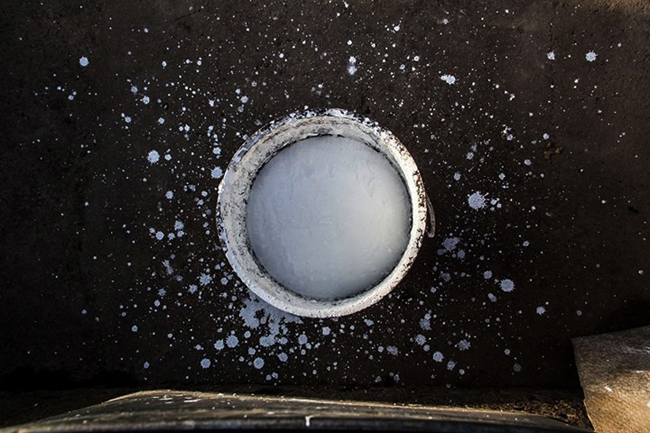
Also: all of this stuff has been found who-knows-where. Different authors, different cities; as for where exactly in these cities – it’s an even bigger mystery. Consequently: someone should do something like this – even a small project would be nice – in a specific city, by which I mean Riga. Seriously, I am going to take care of it – I’ll just wait until it gets a bit warmer. And I am going to give all the street names and numbers, natch.